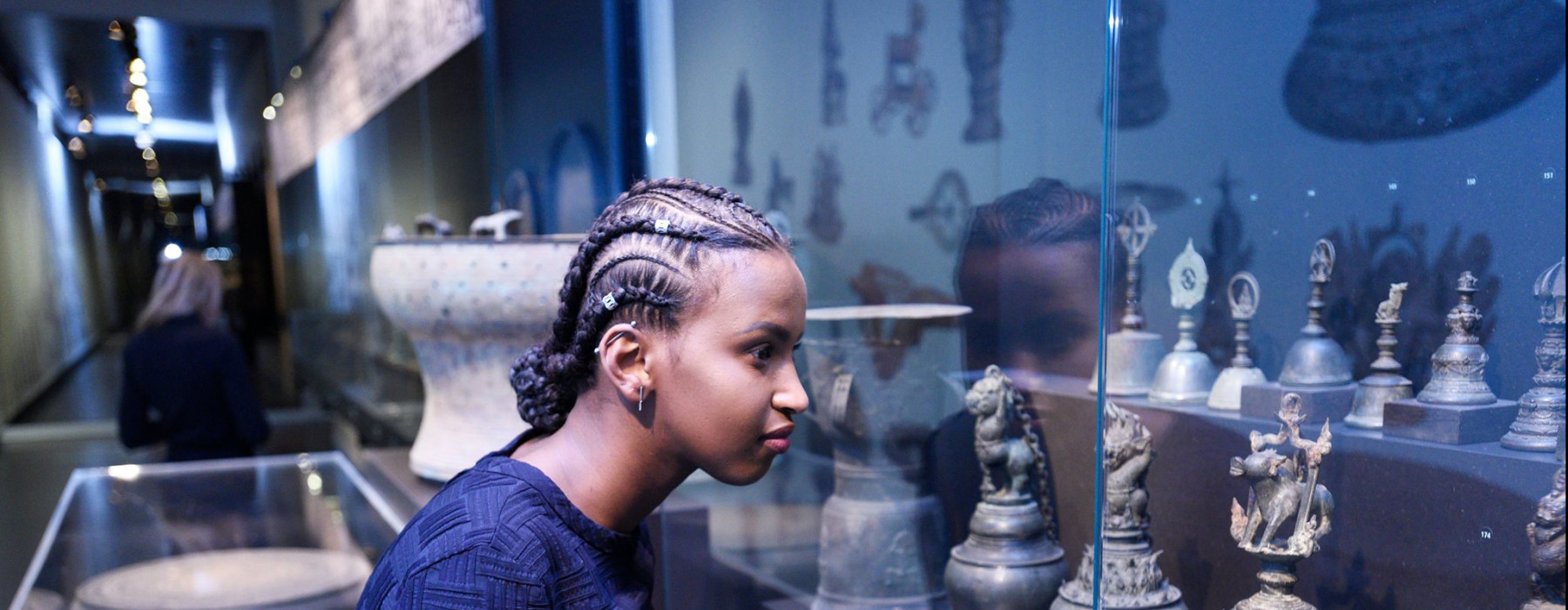
The sculptures are centuries old: they were made between the 8th and 15th centuries. Java was a Hindu and Buddhist centre in that period. From the 5th century Indian culture had an enormous appeal in parts of Indonesia. Local rulers started using Sanskrit, the language of the Indian elite and founded Hindu and Buddhist kingdoms. Between the 7th and 15th centuries a flourishing culture developed on Java, leaving us spectacular monuments, like the Buddhist Borobudur and the Hindu temple of Prambanan. Cultural connection, exchange of knowledge and trading contacts had long been the order of the day in this region.